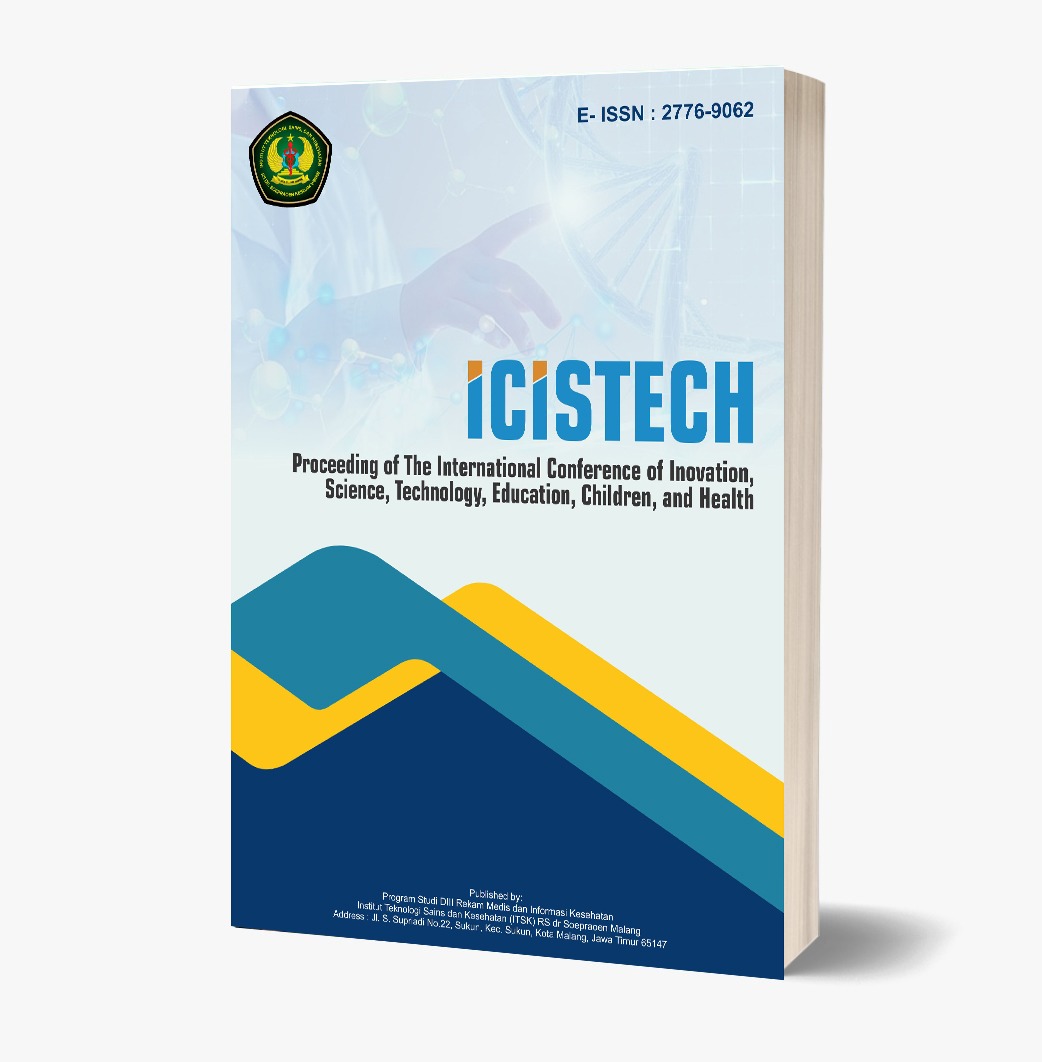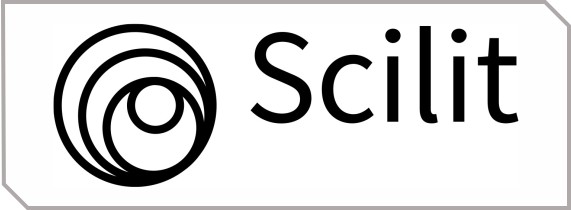Green Schools: The Impact of Sustainable Practices on Student Well-being
DOI:
https://doi.org/10.62951/icistech.v4i2.128Keywords:
Green Schools, Sustainability, Student Well-being, Environmental Education, Eco-friendly SchoolsAbstract
Sustainable education environments, also known as "Green Schools," are designed to promote environmental awareness and improve student well-being. This paper investigates the effects of eco-friendly school infrastructures, green spaces, and sustainable curricula on students' mental health and academic performance. Findings indicate that green school initiatives enhance students’ cognitive functions, reduce stress, and promote pro-environmental behaviors.
References
Barrett, P., et al. (2015). The impact of school environments on student performance. Building and Environment, 89, 118-133.
Chawla, L. (2015). Benefits of nature contact for children. Journal of Planning Literature, 30(4), 433-452.
Clements, R. (2004). An investigation of the status of outdoor play. Contemporary Issues in Early Childhood, 5(1), 68-80.
Coley, R. L., et al. (1997). Effects of urban nature on student behavior. Environment and Behavior, 29(4), 468-493.
Dadvand, P., et al. (2015). Green spaces and cognitive development in schoolchildren. PNAS, 112(26), 7937-7942.
Ginsburg, K. R. (2007). The importance of play in child development. Pediatrics, 119(1), 182-191.
Li, D., & Sullivan, W. C. (2016). Impact of views to school landscapes on stress recovery. Landscape and Urban Planning, 148, 149-158.
Louv, R. (2008). Last Child in the Woods: Saving Our Children from Nature-Deficit Disorder. Algonquin Books.
Matsuoka, R. H. (2010). Student performance and green school design. Landscape and Urban Planning, 97(4), 273-282.
McCurdy, L. E., et al. (2010). Nature and children’s health. Current Problems in Pediatric and Adolescent Health Care, 40(5), 102-117.
Orr, D. W. (2004). Earth in Mind: On Education, Environment, and the Human Prospect. Island Press.
Pyle, R. M. (2002). Nature and the human spirit. Children and Nature, 10(1), 57-77.
Sobel, D. (2004). Place-Based Education: Connecting Classrooms and Communities. The Orion Society.
Wells, N. M. (2000). At home with nature. Environment and Behavior, 32(6), 775-795.
White, R. (2004). Young children’s relationship with nature. Children, Youth and Environments, 14(2), 77-98.
Downloads
Published
How to Cite
Issue
Section
License
Copyright (c) 2024 Proceeding of The International Conference of Inovation, Science, Technology, Education, Children, and Health

This work is licensed under a Creative Commons Attribution-ShareAlike 4.0 International License.













